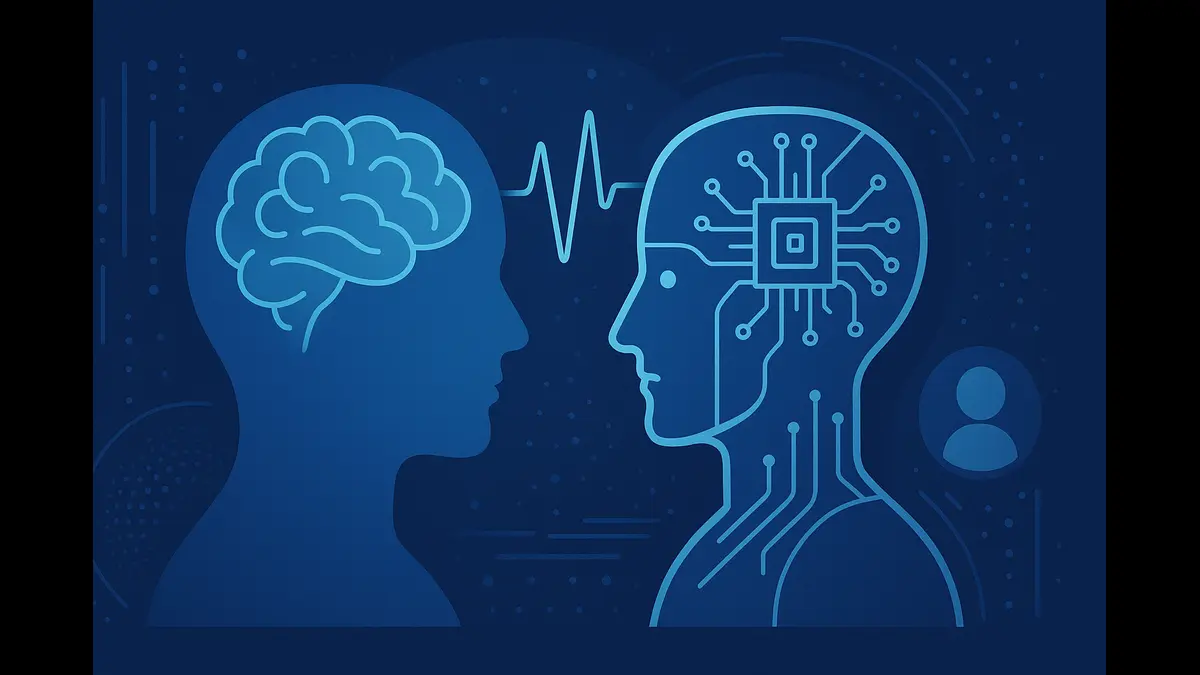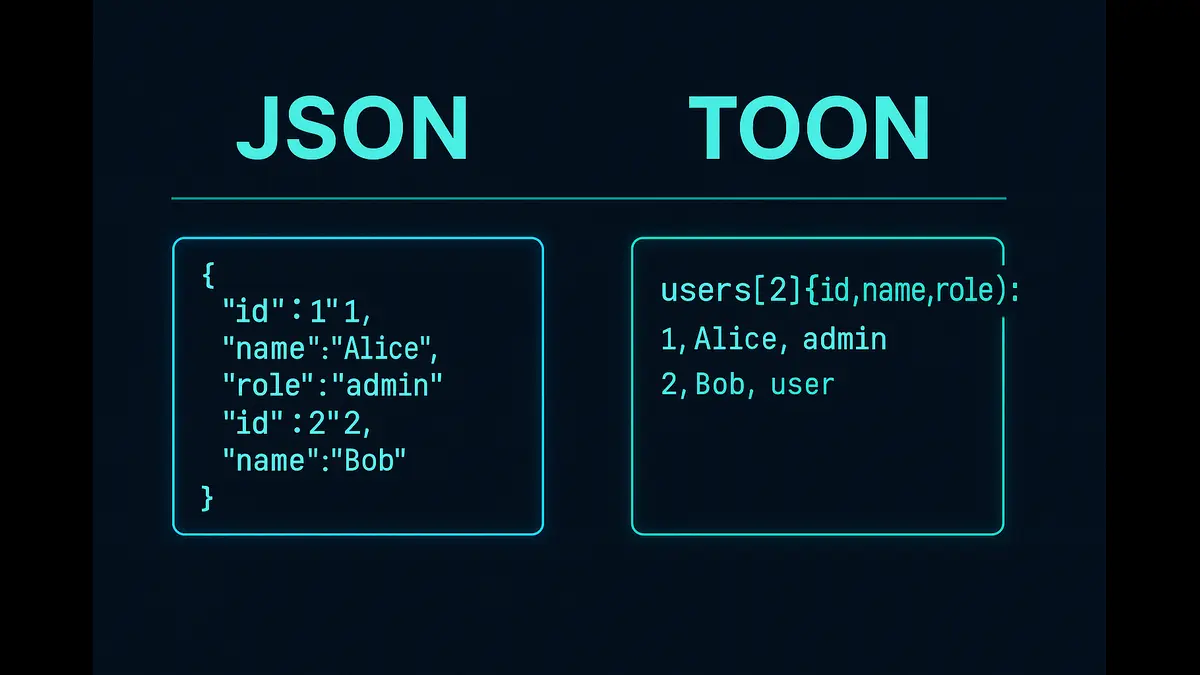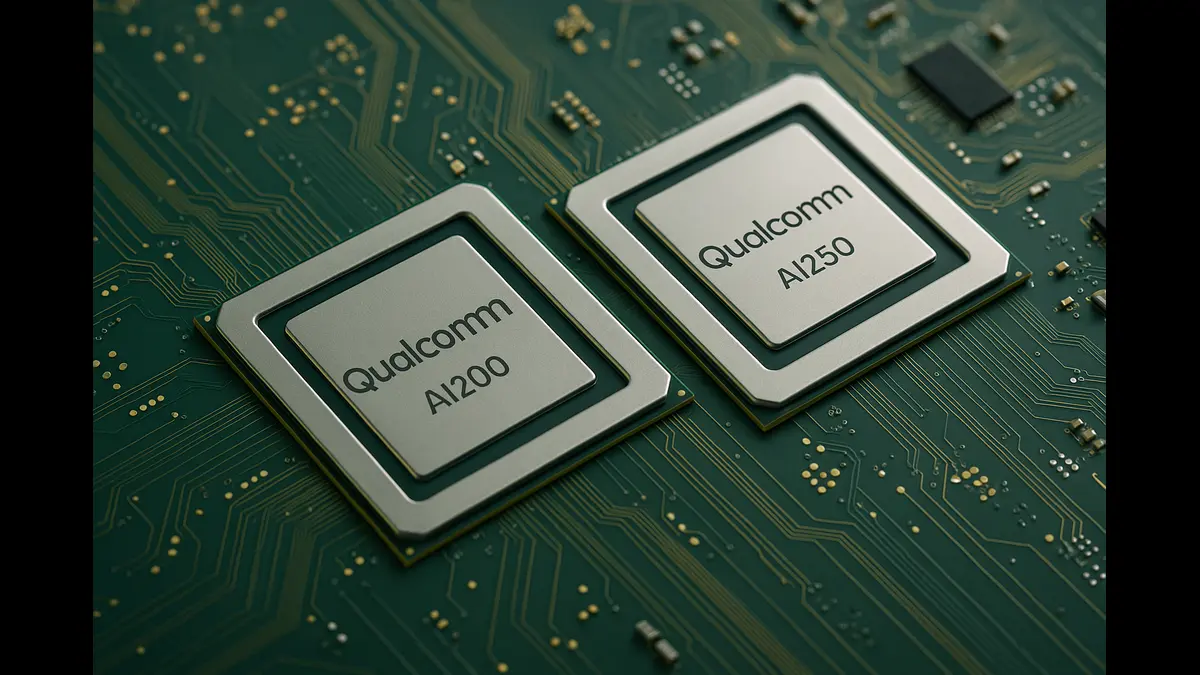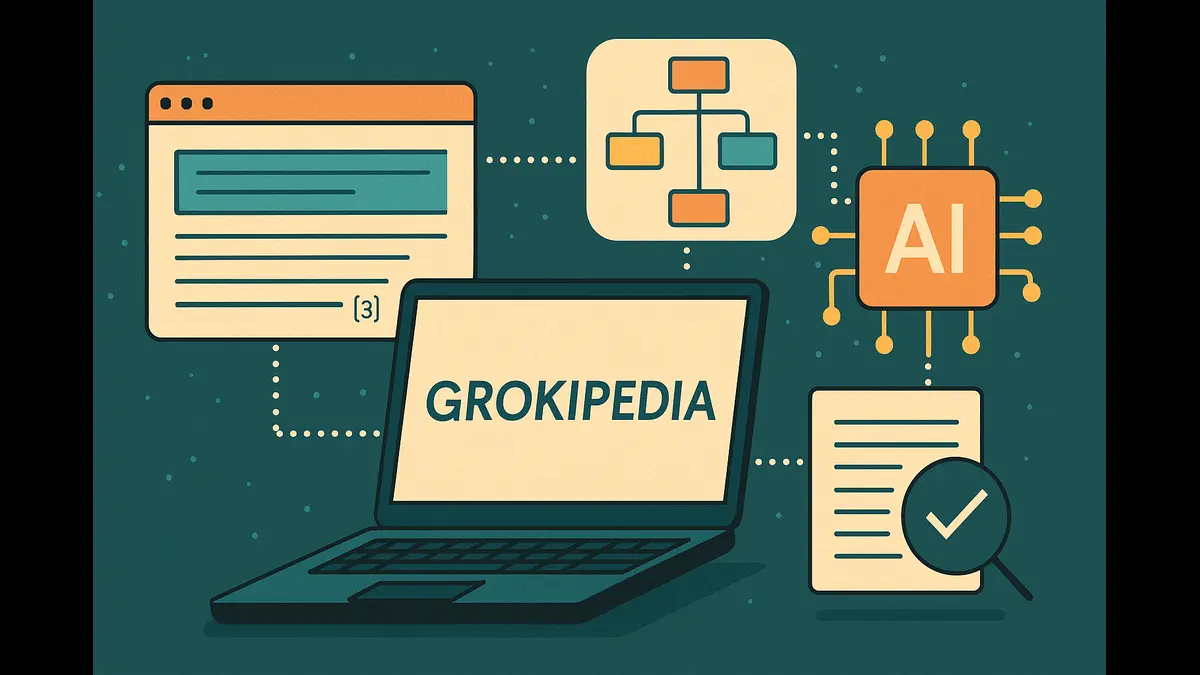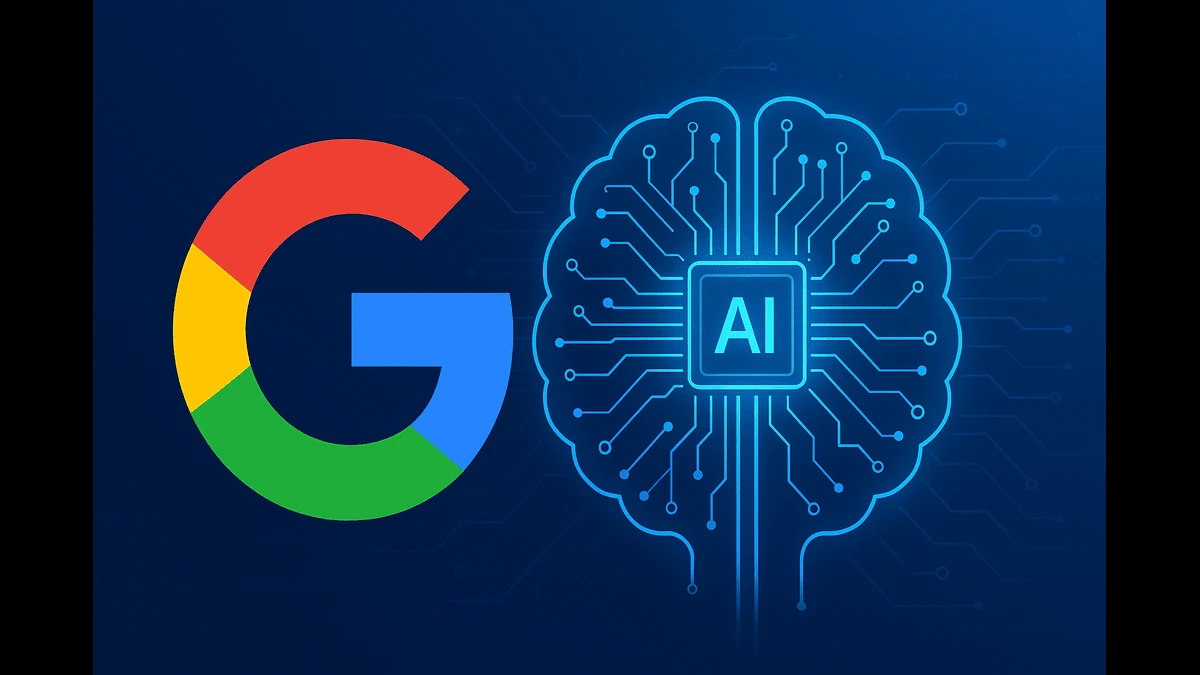
Explore the differences between Large Language Models (LLMs) and emerging Large Context Models (LCMs) in 2025. Learn how these AI architectures shape the future, from chatbots to advanced AI agents.
In 2025, artificial intelligence is advancing rapidly, with Large Language Models (LLMs) driving conversational AI and Large Context Models (LCMs) emerging as a transformative force. LLMs excel at generating human-like text for tasks like chat and code generation, while LCMs, a newer innovation, focus on retaining vast contexts and long-term memory for complex, persistent interactions. With LCMs still in their early stages and few examples available, this comparison is vital for developers, researchers, and business leaders eager to understand their potential. This article dives into the differences, applications, and future of LLMs and LCMs to guide your AI strategy.
What is an LLM (Large Language Model)?
A Large Language Model (LLM) is an AI system designed to understand and generate human language. Built on transformer architectures, LLMs process vast datasets to predict and produce text, excelling in tasks like translation, summarization, and question-answering. They typically operate within a fixed context window (e.g., 4,000–128,000 tokens) and are stateless, meaning they don’t retain memory of past interactions unless explicitly engineered to do so.
Key Features of LLMs
Architecture: Based on transformers, leveraging attention mechanisms to process input tokens.
Strengths: Versatile for natural language processing (NLP), code generation, and creative writing.
Limitations: Limited context windows lead to loss of information in long conversations, potential for hallucinations, and lack of persistent memory.
What is an LCM (Large Context Model)?
A Large Context Model (LCM) is an emerging AI architecture designed to process and retain vast amounts of contextual information, often spanning 100,000 to over 1 million tokens. Unlike LLMs, LCMs incorporate memory modules to maintain stateful interactions, enabling them to “remember” past conversations, user preferences, or entire documents across sessions. With LCMs still in early development, few examples exist, but they promise to revolutionize applications requiring long-term contextual continuity.
Key Features of LCMs
Architecture: Combines transformers with memory-augmented mechanisms like vector databases or recurrent memory transformers.
Examples: Early implementations include Claude 3 Opus with 100K+ token capacity and experimental enterprise copilots.
Applications: Summarizing legal documents, managing multi-turn conversations, or acting as persistent AI agents for project management.
Real-Life Application: Picture an LCM-powered AI analyzing a 500-page novel, recalling plot details weeks later to assist an author without reprocessing the text.
Why LCMs Are the Future of Personalized AI
LCMs represent a shift from stateless chatbots to stateful AI companions. By retaining user interactions, preferences, and project details, LCMs enable personalized experiences. For instance:
Healthcare: An LCM could track a patient’s medical history across consultations, offering tailored advice.
Legal: LCMs can process entire case files, recalling details from months prior.
Enterprise: AI copilots manage workflows, remembering project milestones and user inputs.
Companies like Anthropic and OpenAI are integrating memory-augmented architectures into their models
Key Differences: LLM vs LCM Compared Side-by-Side
Feature | LLM (Large Language Model) | LCM (Large Context Model) |
|---|---|---|
Focus | Language generation and reasoning | Extended memory and contextual retention |
Context Window | 4K–128K tokens | 100K–1M+ tokens, with memory modules |
Memory | Stateless or limited | Stateful, memory-augmented |
Use Cases | Chat, summarization, code generation | Document processing, agents, copilots |
Architecture | Transformers | Transformers + long-term memory modules |
Best For | NLP tasks | Long-form, persistent interactions |
Why LCMs Are Poised to Redefine AI
LCMs signal a shift from stateless chatbots to stateful AI agents. By retaining user interactions, preferences, and project details, LCMs enable deeply personalized experiences. Potential applications include:
Healthcare: Tracking patient histories across consultations for tailored advice.
Legal: Processing entire case files, recalling details from months prior.
Enterprise: AI copilots managing workflows, remembering project milestones and user inputs.
As LCMs are still emerging, their full potential is yet to be realized, but their focus on memory and context positions them as a game-changer for personalized AI.
Are LLMs Becoming Obsolete? Not So Fast.
LLMs remain the backbone of AI, powering most language-based applications. Their efficiency in tasks like real-time chat, translation, and code generation keeps them relevant. Techniques like Retrieval-Augmented Generation (RAG) allow LLMs to simulate some LCM capabilities by fetching relevant data from external databases. For example, a chatbot using RAG can pull recent data to answer queries, while LCMs inherently store context.
Real-World Example: A stateless LLM excels for quick Q&A, but an LCM-like feature in a chatbot tracks user preferences across sessions, enhancing UX for recurring tasks.
Technical Deep Dive: Memory Mechanisms in LCMs
LCMs leverage advanced memory mechanisms to maintain contextual continuity:
Working Memory: Temporarily holds recent inputs for real-time processing.
Episodic Memory: Stores user-specific interactions, like past conversations or preferences.
Vector Databases: Enable efficient retrieval of relevant context from vast datasets.
Recurrent Memory Transformers: Enhance sequential understanding, addressing attention bottlenecks in long contexts.
Training LCMs emphasizes sequential data processing for timeline consistency, unlike LLMs, which focus on next-token prediction. These mechanisms enable LCMs to handle complex, multi-session tasks without losing context.
Use Cases Where LCMs Outperform LLMs
LCMs excel in scenarios requiring long-term memory and contextual depth:
Enterprise Agents: Managing workflows across weeks, such as project tracking or customer support.
Long-Form Writing: Maintaining narrative consistency for authors writing novels.
Legal and Medical Summarization: Processing and recalling details from lengthy documents.
AI Copilots: Evolving with users to provide personalized recommendations, like coding assistants adapting to a developer’s style.
Challenges and Limitations of LCMs
LCMs face significant hurdles as an emerging technology:
Compute Costs: Processing large contexts demands substantial computational resources.
Outdated Memory: Stored data may become irrelevant or biased over time.
Fine-Tuning Complexity: Adjusting memory modules for specific tasks is challenging.
Ethical Concerns: Persistent memory raises privacy risks, requiring robust data protection.
Complementary Forces in AI’s Future
LLMs and LCMs are not competitors but complementary architectures shaping AI in 2025. LLMs provide the foundation for language understanding and generation, while LCMs, though still emerging, add memory and contextual depth. For developers and businesses, the choice hinges on the task: LLMs for fast, scalable NLP, and LCMs for personalized, long-term interactions. As LCMs mature, hybrid models blending both architectures will likely lead the way. Explore these technologies to harness AI’s full potential for your projects.
FAQ
What is the main difference between an LLM and an LCM?
LLMs focus on language generation with limited context windows, while LCMs prioritize long-term memory and contextual retention for persistent tasks.Can LCMs replace LLMs entirely?
No, LCMs complement LLMs. LLMs suit quick, stateless tasks; LCMs handle multi-session, context-heavy workflows.Do LLMs have memory?
Traditional LLMs are stateless but can use techniques like RAG to simulate memory. LCMs natively incorporate memory modules.What are the applications of LCMs in 2025?
LCMs power enterprise agents, legal document analysis, long-form writing, and personalized AI copilots.Which is better for enterprise AI: LLM or LCM?
It depends on the use case. LLMs suit rapid, single-session tasks; LCMs excel in multi-session, context-heavy workflows.
Discover more from Poniak Times
Subscribe to get the latest posts sent to your email.

